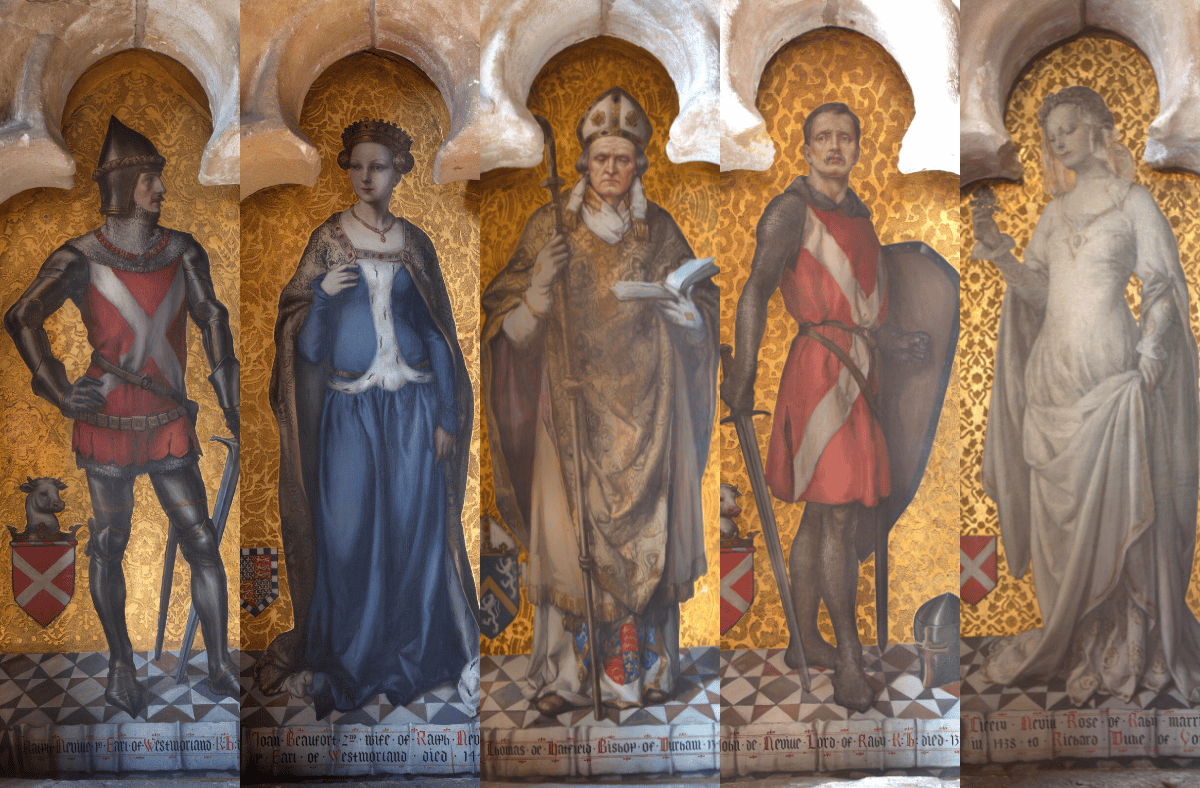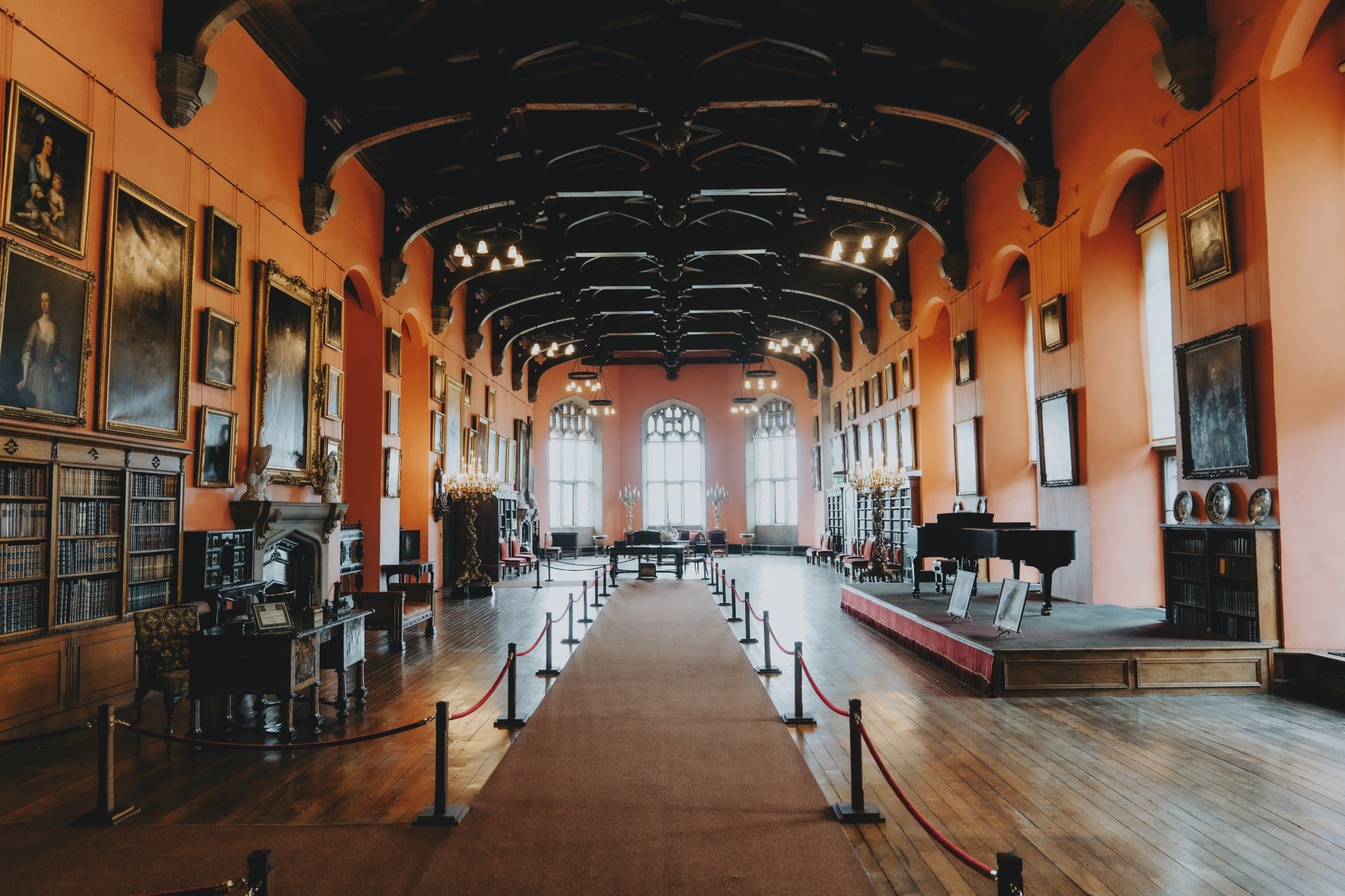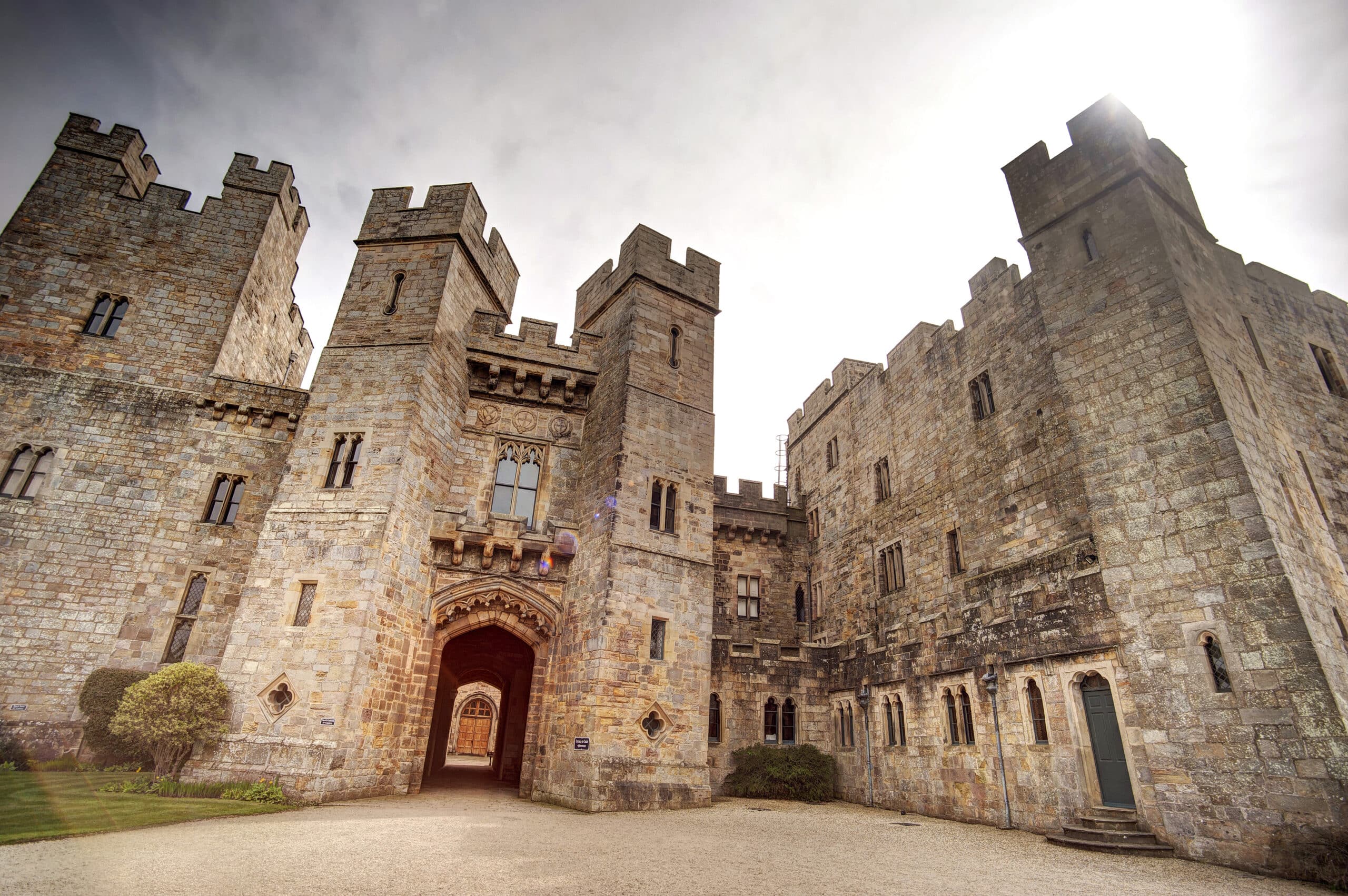This week for Historic Houses’ Medieval Monday we are exploring the theme of ‘Ancient Families’. We caught up with Interpretation and Engagement Assistant, Lauren to find out more about the historic Neville family who lived at Raby Castle until 1569.
The Neville Dynasty
‘The end of the House of Neville’
The Nevilles, who in the 14th century developed the castle into what you see today, were in their prime, one of the most powerful families in the North of England. In this month’s Historic Houses blog, we’ll be focusing on an event which brought about the end of the senior line of the Neville family; the Rising of the North.
The male line of the noble house can be traced through Dolfin ‘son of Uhtred’ who was first granted the Manor of Raby in 1131. His grandson, Robert FitzMaldred, married Norman heiress Isabella de Neville, and their son Geoffrey took his mother’s name to capitalise on Norman power at the time. During the Middle Ages, the Neville family had great influence and saw both military and marital success. Robert Neville led English troops at the Battle of Neville’s Cross in 1346. Ralph Neville married Joan Beaufort, sister of King Henry IV, and was created Earl of Westmorland in 1397. His youngest daughter Cecily, known as the ‘Rose of Raby’ or the ‘Mother of Kings’, married Richard the Duke of York in 1429 and found herself at the heart of the Wars of the Roses. Their granddaughter Elizabeth went on to marry King Henry VII. The story of the Rising of the North lands us with Charles Neville, the 6th Earl of Westmorland, born in 1542.

1900s painted effigy to the Nevilles seen in Raby’s Chapel, depicting key figures such as Ralph and Cicely Neville
‘But their glory was drawing to a close…’
The Neville family were devout Roman Catholics, with Charles’ father, the 5th Earl, being a steadfast supporter of Mary Tudor. When Mary’s Protestant half-sister Elizabeth came to the throne, his son Charles, the 6th Earl of Westmorland, was forced to choose between his religion and his monarch. The Northern nobility were greatly attached to the ‘ancient faith’ and resented the changes made during the Reformation. They had also found their regional power weakened by losses suffered in the Wars of the Roses, and by the growing power of central government.
A group of Northern Catholic Lords- including two of Charles Neville’s uncles- resolved to oust the Queen and replace her with her cousin, the Roman Catholic Mary Queen of Scots. Charles Neville and the Earl of Northumberland, Thomas Percy (whose noble families were once enemies), placed themselves at the head of the movement.
In 1569, many meetings were held at Brancepeth and Raby Castle between the rebelling Earls to plot their campaign. 700 Knights were supposedly assembled in Raby Castle’s Baron’s Hall when the decision was made. It is said that while spirits were wavering during the discussions,
‘Lady Westmorland threw herself in their midst, crying bitterly, and spurred them into action with her taunting words.’

Sir George Bowes, a friend of the Earl of Westmorland but also a Protestant, was keeping watch for trouble in the North on behalf of the Queen and reporting back to the Earl of Sussex based in York. He had spies at Raby castle, and learned that retainers and servants were being furnished with armour and weapons before heading for Brancepeth to meet with Thomas Percy. Sussex ordered Bowes to raise his forces at Barnard Castle and be prepared to counter what was now an open rebellion.
The rebels marched on Durham, where they held a Catholic Mass in the Cathedral before continuing south to meet the Queen’s troops headed from York. But the rebellion quickly failed. The Queen issued a Proclamation stating she would pardon the rebels – except for the Earls – if they retreated. Disagreements arose amongst the leaders, and orders were given to return North.
The rebels returned to the Tees where forces divided. The Earl of Northumberland went back to his castle at Alnwick, while the Earl of Westmorland decided to attack George Bowes at Barnard Castle. This resulted in another failure for Charles, as after a siege of 11 days, Bowes’ forces were reinforced by the Queen’s men travelling up from the South. The Earl of Westmorland retreated with his cavalry to Hexham, where they scattered into Scotland. News of the approaching Royal forces reached Raby, where Neville documents were gathered and taken away.

Neville’s Gateway, depicting the Neville coat of arms. We have very little evidence left from the time of the Nevilles as a result of the rebellion.
‘The fatal Rising of the North that cost them all so dear…’
The Earl of Northumberland was captured and executed, and Charles Neville fled to the Netherlands where he died in poverty 32 years later in 1601. Having left no male heir, the senior Neville line was ended. Back in England, he was convicted of High Treason, and as a result his title ‘Earl of Westmorland’ became extinct and Raby Castle and its’ estate fell into possession of the crown.
But what of Raby Castle? In 1616, Raby and Barnard Castle were granted to notable politician Sir Henry Vane the Elder. The Vane family’s purchase paved the way for the developments you see today, but not without some quarrels, wars and treasonous acts of their own…

Right: A portrait of Charles Neville painted a year after his death in 1602. This is the earliest portrait we have of one of Raby’s owners.
Raby Castle is now closed for the winter period, but you can still visit our impressive parkland, shop and café until we reopen in March 2023.

